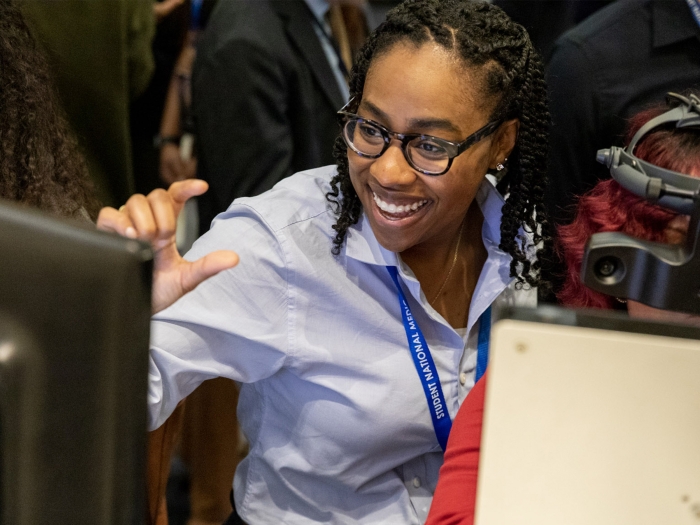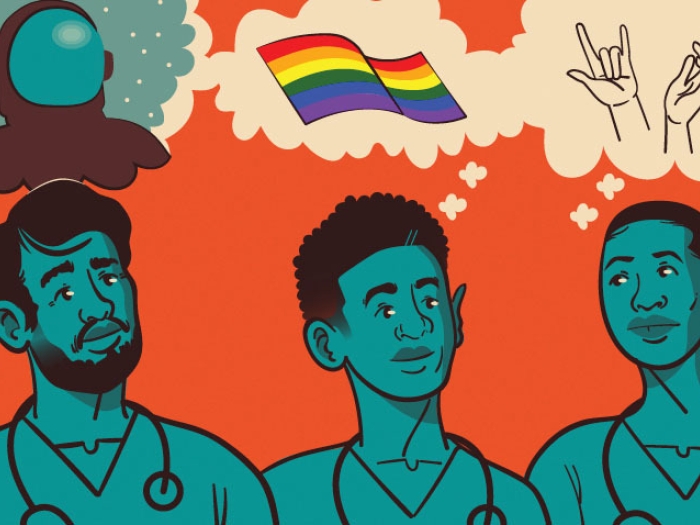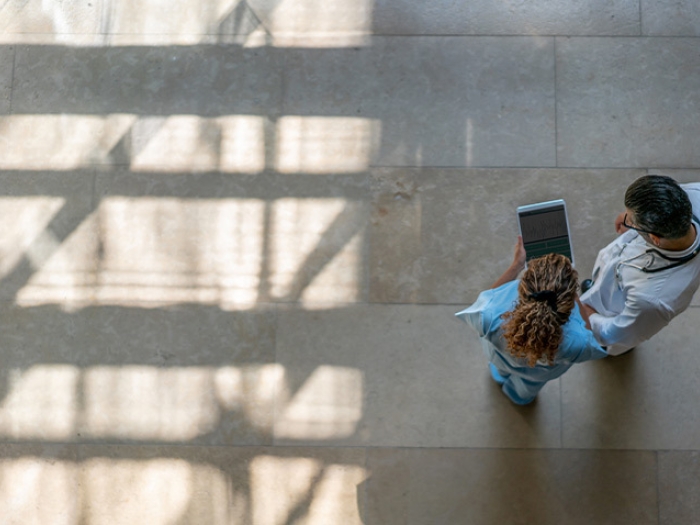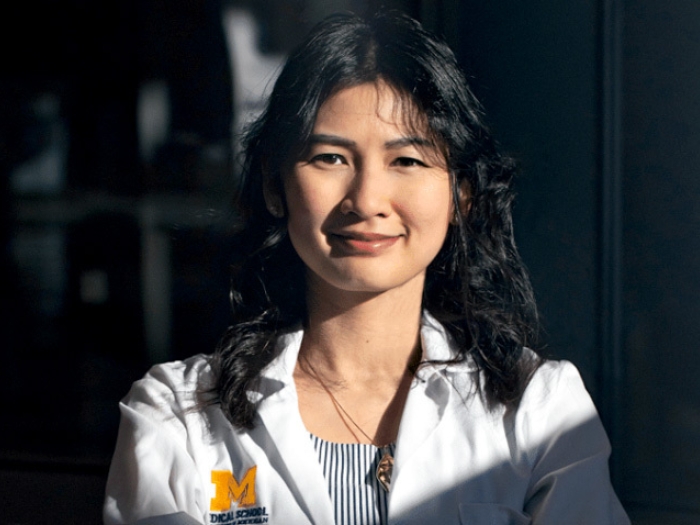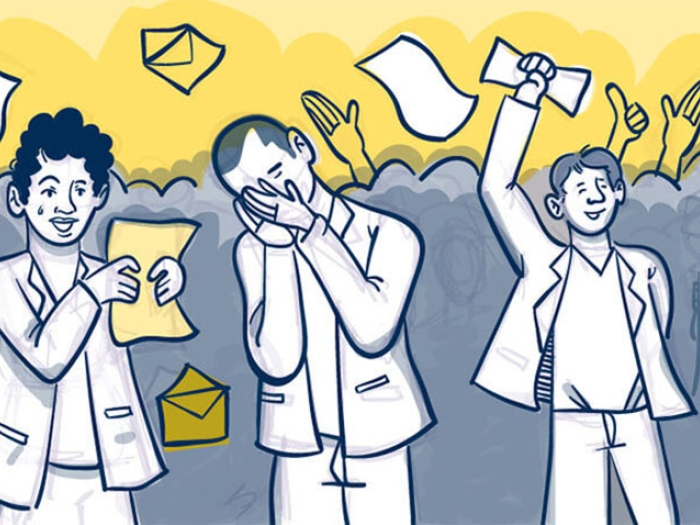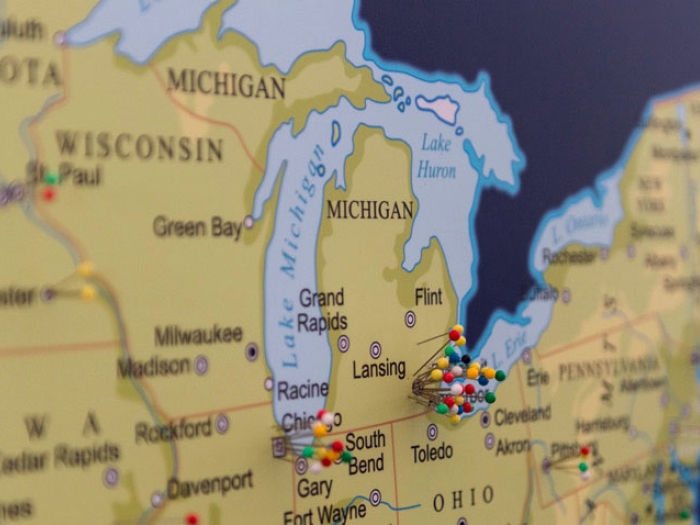A Michigan Medicine professor’s nontraditional approach to studying inspires the creation of a series of review apps for health sciences students.
7:00 AM
Author |
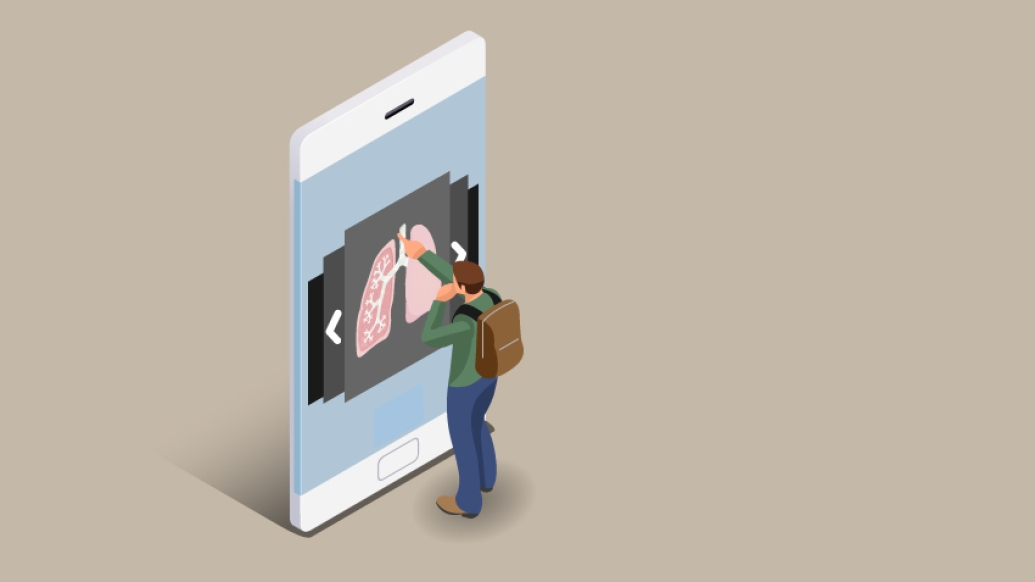
Histology, or microanatomy, is one of the most basic science subjects for every medical and dental student.
Traditionally, the course addresses the structure and function of cells and tissues at the microscopic level, and it produces a foundation for many other clinical topics taught to health sciences students, says Michael Hortsch, Ph.D., a professor of cell and developmental biology and learning health sciences at the University of Michigan.
LISTEN UP: Add the new Michigan Medicine News Break to your Alexa-enabled device, or subscribe to our daily audio updates on iTunes, Google Play and Stitcher.
However, over the past 20 years, universities have dramatically reduced in-classroom time for anatomical sciences, including histology, giving way to more nontraditional modes of learning, such as virtual micrograph websites and other online tools.
"In order to offset these curricular changes, many histology-teaching faculty members at U-M, including myself, became inspired to develop our own self-reviewing resources for students," Hortsch says. "And this is ultimately what led to the creation of the SecondLook™ app."
The history of the histology tool
About 10 years ago, instructor-guided histology lab sessions were eliminated for dental students at U-M, so Hortsch set out to develop a mode of encouragement for students to both view and examine histological images outside of his regular lecture handouts.
Hortsch created several short PowerPoint files for his histology lectures that contained representative and high-quality images for students to study after class, coining the term SecondLook for his new educational application.
SEE ALSO: Depression in First-Year Doctors Depends on Where They Train
"I knew that students needed a resource where they could review histological images outside of class, and since there were no longer any interactive labs, I added guiding questions to the PowerPoint images," Hortsch says. "This was to reinforce histological image analysis and structure recognition for my students."
"The way the question structure is set up, the answer to a question often triggers a follow-up question and so on," Hortsch says.
"This model provided a review map for students, allowing them to link seemingly distinct facts and observations into a coherent network," he says. "Many students said that this design provided them with a deeper understanding of complex material than traditional modes alone."
Repositioning the resource
The success of Hortsch's PowerPoint tool led several of his students to approach him about generating review files covering all of the histology lecture topics offered at U-M. Eventually, Hortsch completed a full histology series.
Subsequently, these PowerPoint files were converted into a mobile application that students can use on their smartphones and tablets. And because the basic concept of Hortsch's self-assessment tool can easily be transferred to other subjects, including clinical topics, several senior medical students approached him about creating additional apps for their junior peers.
SEE ALSO: 10 Things the First Year of Medical School Taught Me
"Since the beginning of this project, a number of new self-assessment apps have been developed by higher-level medical, graduate and dental students with the help of myself and other faculty members," Hortsch says.
"Sometimes, the students creating the apps will start the project to fulfill a nonclassroom research or educational requirement in their curriculum," he says. "And other times, the students have the intention of specializing in or pursuing a residency training in the field of the app they are designing."
To date, SecondLook apps are available for subjects including neuroanatomy, basic radiology, dental anesthesia and, most recently, fetal heart rate tracing.
Internal and external impact
When surveyed, more than 95 percent of Hortsch's students recently reported "always" or "frequently" using SecondLook review resources. And as of today, U-M has published a growing number of SecondLook apps at the iTunes and Google Play stores.
"Collectively, all of the available SecondLook apps have been downloaded more than 49,000 times from 180 different countries," Hortsch says.
"Also, more and more senior students are approaching me about creating additional review resources — it's wonderful," he says. "A number of colleagues from our medical, dental and literature, science and arts schools have actively stepped up to serve as content experts for these students. It's a very collaborative effort."
To view a list of all published SecondLook apps, click here.

Explore a variety of healthcare news & stories by visiting the Health Lab home page for more articles.

Department of Communication at Michigan Medicine
Want top health & research news weekly? Sign up for Health Lab’s newsletters today!
